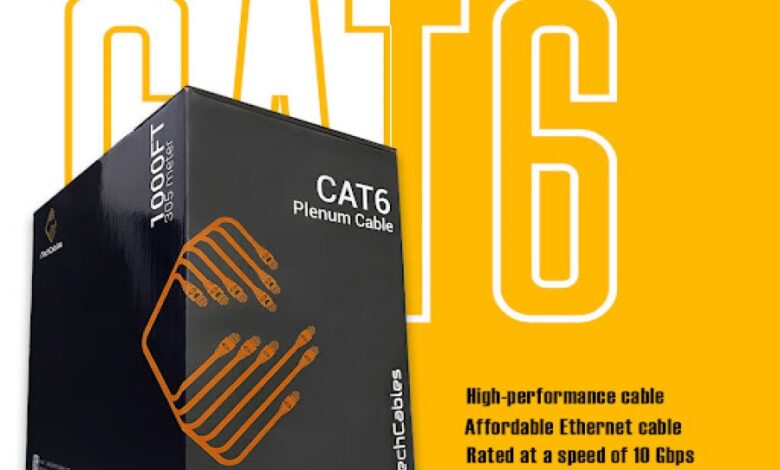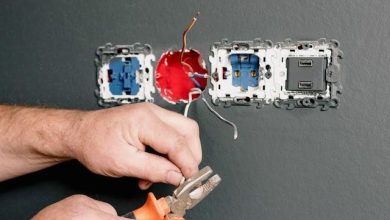
The Ethernet cables available in the market come with different features and specs. One of the most important features of them is the use of different types of conductor wires. Hence, most Ethernet cables have 4 twisted pairs of conductor wires. These wires are responsible for the data transfer speeds of an Ethernet cable. Cat6 Plenum Cable is the best example of it.
It is recommended to use Cat6 Plenum Cable with pure copper material conductor wires. It is one of the best conductor materials. Hence, there are two types of pure copper conductor wires. One is a solid conductor or non-stranded wire. The second is stranded conductor wires.
What is the difference between solid and stranded wires? The solid conductor wires come in the form of a single piece of copper. Whereas, stranded conductor wire is a bundle of thin copper wires muddle together tightly.
Cat6 Plenum Pure Copper cable is available in both types of conductor wires. The solid conductor wire is a better conductor wire as the data flows in it more smoothly due to less resistance. The loss of energy in the solid conductor wires is less. This makes them more efficient in comparison to stranded conductor wires. The minute gap between the thin wires of stranded conductor wires causes in loss of energy.
Table of Contents
Key Differences between Cat6 Plenum Solid and Cat6 Plenum Stranded: –
1. Malleability: –
It is an important feature of any cable that supports the installation process. A malleable and flexible cable is easy to install at difficult locations. Therefore, the solid conductor cables are less flexible in comparison to stranded conductor wires.
A solid piece of pure copper material is more difficult to bend in comparison to a bundle of thin stranded copper wires. This is why it is recommended to install solid conductor cables inside the wall structures. The cable inside the wall structures remains straight most of the time.
Whereas, stranded copper conductor wires are best for outdoor use as well. The patch cables are the best example of stranded copper conductor wires. These cables need to be bent regularly. Therefore, a solid conductor wire is not suitable for patch cables as the chances of breakage increase in it.
2. Durability: –
A cable with more bending capacity is more durable. Therefore, we can say that stranded conductor wires are more durable. They do not break while bending and twisting. Whereas, a solid conductor wire has a single piece of wire in it. These wires do not break during bending and twisting.
3. Cost-Efficient: –
The solid conductor wire cables are more expensive in comparison to stranded conductor wires. Hence, this makes the buying decision a bit trickier for the users. The quality of the network should not be compromised at any cost. Therefore, it is recommended to use solid conductor cables. Especially, for the main cabling structure that is inside the walls. The rest outside the walls can be done in Cat6 plenum stranded conductor wires.
4. Signal Transfer Capabilities: –
The solid copper conductor wires are capable of transferring signals to longer distances without any distortion. They come with less DC resistance in comparison to stranded conductor wires. Therefore, they are better than others.
Stranded conductor wires have small gaps between the copper strands. This causes distortion in the signal transfer. Therefore, we do not recommend using it for longer distances.




